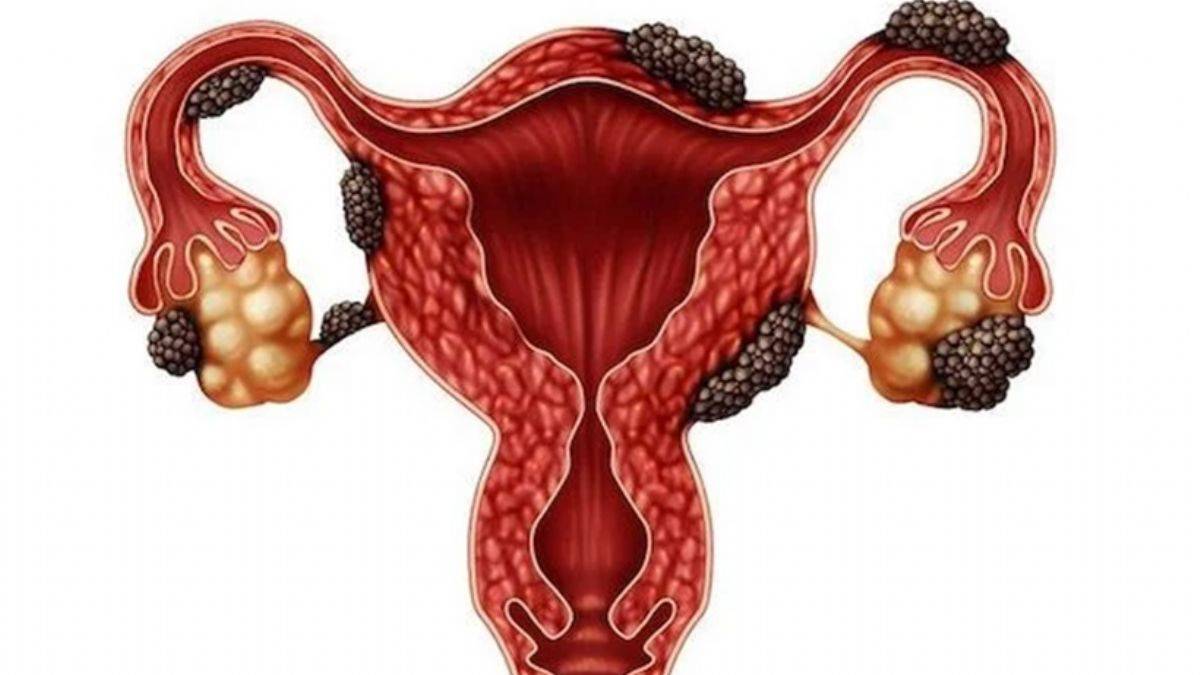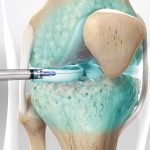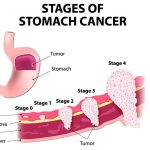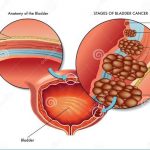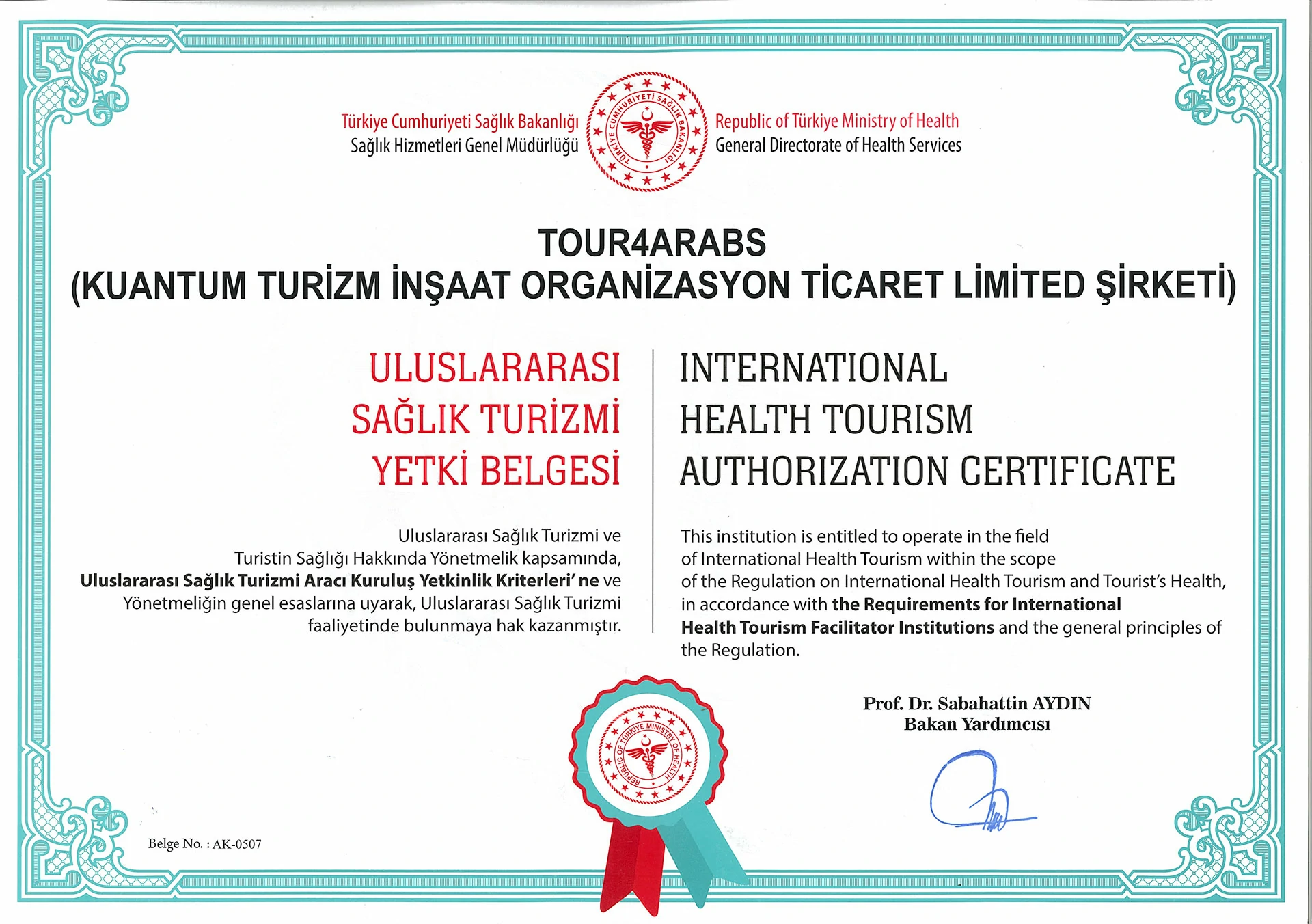What is Endometriosis (Chocolate Cyst)?
Endometriosis is a serious disease that affects one in ten women today. It occurs when the tissue in the uterus, called the endometrium, settles outside the uterine cavity. Since these tissues can grow into cysts and their contents are chocolate-colored, the disease is also known as chocolate cyst among the people.
The uterine tissue prepares itself every month so that the egg can grow after fertilization. When the egg is not fertilized, the tissue is excreted from the body, that is, menstruation occurs. In the disease, which occurs when this tissue attaches to a region outside the uterus and develops there, symptoms begin to appear in the person.
The places where the tissue is often attached to the body;
- Fallopian Tubes
- Ovaries
- Pelvic Cavity
- Bowel
- Urine Bag
This tissue, like the uterine tissue, bleeds every month in the region where the woman clings during the menstrual period and becomes a cyst in the ovaries. Since there is no system to evacuate the blood in these regions, the person suffers severe pain.
According to the region where the tissue is attached, the disease is divided into 3 categories;
- Peritoneal endometriosis is attached to the organ membranes together with the peritoneum.
- Endometrioma attachment to the ovary.
- Deep Infiltrative Endometriosis is the attachment of the peritoneum deeper than 5 mm, that is, the bowel, urinary tract, bladder and uterus.
What Are The Causes Of Endometriosis (Chocolate Cyst)?
It is not known exactly what the cause of the disease is. But there are some theories developed for the cause.
-
Genetic Factors:
The disease tends to run in families and affects some ethnic groups more than others. If a person has a family history of endometriosis, the risk of developing the disease in this person is higher than in the normal population.
-
Menstruation in The Opposite Direction:
With menstrual bleeding, the endometrial tissue lining the uterus is excreted from the body through the vagina.
If retrograde bleeding occurs, the endometrial tissue flows from the fallopian tubes into the abdominal cavity and settles in the organs there, causing endometriosis.
- Problems in the body’s natural defense against disease and infection due to a problem with the immune system may be a factor in the development of endometriosis.
- Spread of endometrial cells to various parts of the body and settling in various organs through the blood circulation or lymphatic system. The lymphatic system is part of the immune system and consists of a series of tubes and glands.
None of these theories can fully explain why endometriosis occurs. The condition may be caused by a combination of different factors.
What Are The Symptoms Of Endometriosis (Chocolate Cyst)?
The most important symptom seen in endometriosis is groin pain, which is usually associated with menstrual periods.
Although most women have painful menstrual periods, those with endometriosis experience much more severe pain.
The intensity of the pain may increase over time. Common signs and symptoms of endometriosis may include:
-
Painful Menstrual Periods (Dysmenorrhea):
Pelvic pain and cramps usually begin before menstruation and continue for a few days during the cycle. There may also be lower back and abdominal pain.
-
Pain During Sex:
Pain is experienced during or after intercourse in endometriosis.
-
Excessive Bleeding:
Occasionally, excessive bleeding during menstrual periods or abnormal bleeding between periods may occur.
-
Pain During Wudu Or Urination:
There may be complaints of pain during defecation or urination, which become more evident during menstrual periods.
-
Infertility:
Endometriosis is often first diagnosed in those who seek medical attention for infertility.
-
Other Signs and Symptoms:
Symptoms such as increased fatigue, diarrhea, constipation, bloating, nausea, especially during menstrual periods can be seen.
How is Chocolate Cyst Diagnosed?
Chocolate cyst has two important symptoms. These are severe pelvic pain and the other is infertility.
When diagnosing a chocolate cyst, the doctor monitors these symptoms and the following tests are applied to obtain more symptoms;
- Pelvic Examination
- Ultrasound
- MRI (Magnetic Resonance Imaging)
- Laparoscopy
All these test methods help to identify abnormalities in the reproductive organs by helping to best visualize the reproductive organs. Thus, thanks to the data obtained, the diagnosis of chocolate cyst can be made with all its details.
Endometriosis Treatment
It is possible to treat endometriosis, and the earlier it is diagnosed, the less damage the treatment will cause to the body. If endometriosis is diagnosed at an early stage, it is possible to keep it under control with medication.
If the chocolate cysts are widespread and the patient is over 35 years old, surgery is preferred. Chocolate cyst surgery can be performed with the open method as well as preferably with the laparoscopic (closed surgery) method.
Certain criteria are taken into account when making a decision for the treatment of endometriosis. Conditions such as the severity of pain, the size of the cyst, and the age of the patient are evaluated.
Surgery is not usually the first choice. Medication is tried. The aim of drug therapy is to imitate the pregnancy and menopause periods when this disease is not seen in the body hormonally.
Therefore, injections that cause menopause or birth control pills are among the drugs used for the treatment of chocolate cyst. Whether to use the menopausal injection or the birth control pill is decided by looking at the age of the patient.
Painkillers can be used to reduce pain periodically. Endometriosis surgery, on the other hand, is considered as the second option when drug treatment fails, the cyst is large and the pain is very severe.
Here, primarily the laparoscopic method (closed surgery) is preferred. The goal is to completely remove the cysts. The area where the cysts are located is completely cleaned by separating it from the organ where it is located.
After the operation, drug treatment is continued, although there is a possibility of recurrence of the cysts. Chocolate cyst surgery should be designed to cause the least damage to the woman’s fertility.
Chocolate Cyst (Endometrioma) Surgery
Performing the surgery as closed (laparoscopic) is better in terms of both results and patient comfort compared to performing the surgery by opening the abdomen.
During the surgery, chocolate cysts should be removed so as not to damage the ovaries, adhesions should be opened and other endometriosis foci should be destroyed.
In order not to damage the ovarian capacity during the surgery, it should be performed using atraumatic methods as much as possible.
It is the best approach to follow-up patients who do not have any complaints and who are found to have a chocolate cyst incidentally during the examination for a while. In cases where the Ca125 value is high or the cyst size is over 5 cm, surgery may be considered.
Preoperatively, ovarian capacity should be evaluated with ultrasound and AMH measurement, and surgery should be avoided as much as possible in women with low ovarian capacity and without children.
